Palm Springs is the ultimate in cool resort cities. Think poolside lounges, Hollywood stars, palms and cacti. It also has an average maximum temperature of 42ºC in July. While our capital city temperatures max out a bit lower, Palm Springs is a shining example of where to turn when you want a garden that’s modern, low maintenance and won’t need much watering. So, let’s break down the key elements of the style.
Sculptural, drought tolerant plants
These are the key elements that define the famous Palm Springs look and cacti instantly spring to mind. Choose a mix of heights, colours and textures to add interest, like golden cleistocactus, mother of hundreds and a prickly pear. Add clusters of mixed succulents and plantings of bright colour, like red hot pokers, low-growing banksias, euphorbia wulfenii or bougainvillea, and you’ve got yourself a garden. Add in a tall or spreading palm to provide dappled shade near your lounging area.
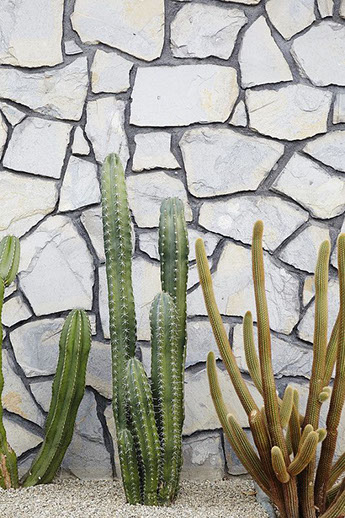 Image: Nicole Franzen, via Bloglovin
Image: Nicole Franzen, via Bloglovin
White walls
Palm Springs evokes images of white exterior walls and white painted breezeway blocks. White makes a great backdrop for the dramatic plants and gives the eye somewhere to rest. Channel your inner graphic designer and leave plenty of white space.
 Image: Pinterest
Image: Pinterest
Indoor outdoor flow
A key feature of the style is the lifestyle it brings, with a seamless flow between indoors and out. So, consider opening up your home to the garden with sliding or bi-fold doors and match the interior and exterior flooring colours and materials to enhance the effect. Another way to enhance the flow is with matched plantings inside and out – pots with mother-in-laws tongue is an easy way to achieve this look.
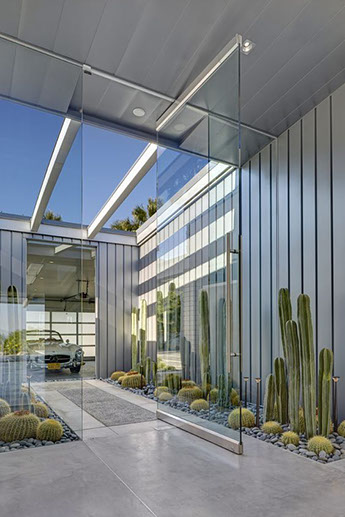 Image: James Haefner via Pinterest
Image: James Haefner via Pinterest
Aromatic plants
Hollywood stars sweat just like the rest of us. Rather than overdoing it with spritzing the perfume on hot days, plan for a garden with some sweet scents. Sage, star jasmine, frangipani and the heat-tolerant daphne, Eternal Fragrance will all fit right in with their small flowers and pretty aromas.
 Image: Artem Beliakin on Unsplash
Image: Artem Beliakin on Unsplash
Circles and curves
Palm Springs garden style is playful at its best. So, plan to add a few circular garden features, such as crushed gravel stepping stones within lawns or paths, or a highlighted garden bed featuring a spectacular cactus. This is easy to achieve with a circle kit from Link Edge, which comes pre-formed and ready to quickly nail into place. Curved garden beds are also simple to make as Link Edge’s rustproof metal garden edging features spike guides to ensure you easily create a smooth curve and garden edge that will last the distance.
 Image: Pinterest
Image: Pinterest
If you’d like to know more about the advantages of using Link Edge over other garden edging or where it’s stocked, visit the website.

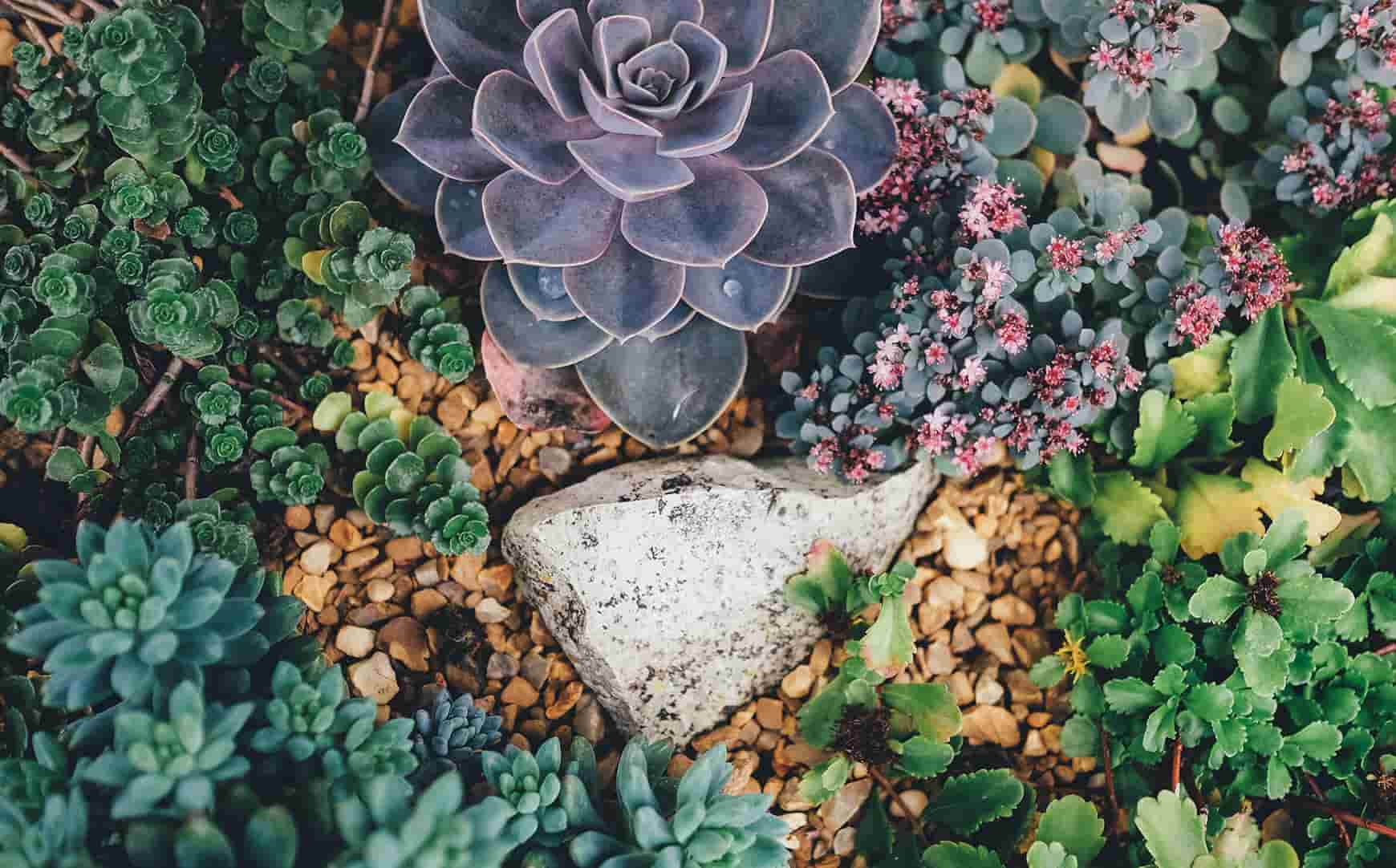

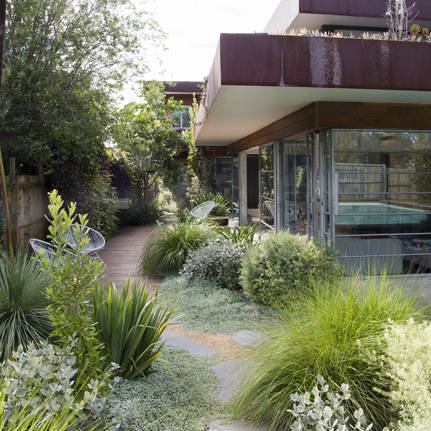 Image: Heather Miles, via GardenDrum
Image: Heather Miles, via GardenDrum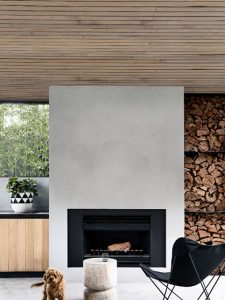 Image source: https://thelocalproject.com.au/brighton-5-by-inform-design-interior-architecture-archive-melbourne-nsw-australia
Image source: https://thelocalproject.com.au/brighton-5-by-inform-design-interior-architecture-archive-melbourne-nsw-australia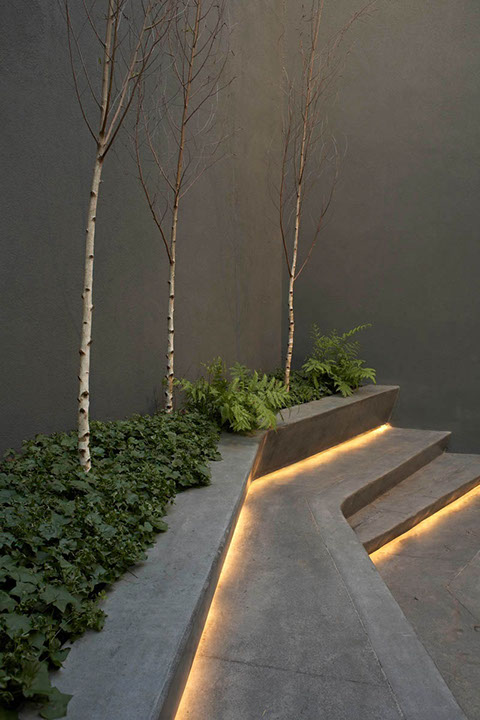 Image: Dieguez Fridman architects
Image: Dieguez Fridman architects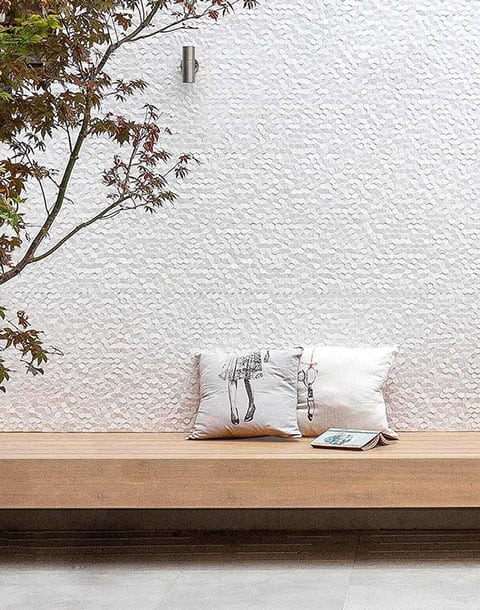 Image: Benn + Penna, via Est
Image: Benn + Penna, via Est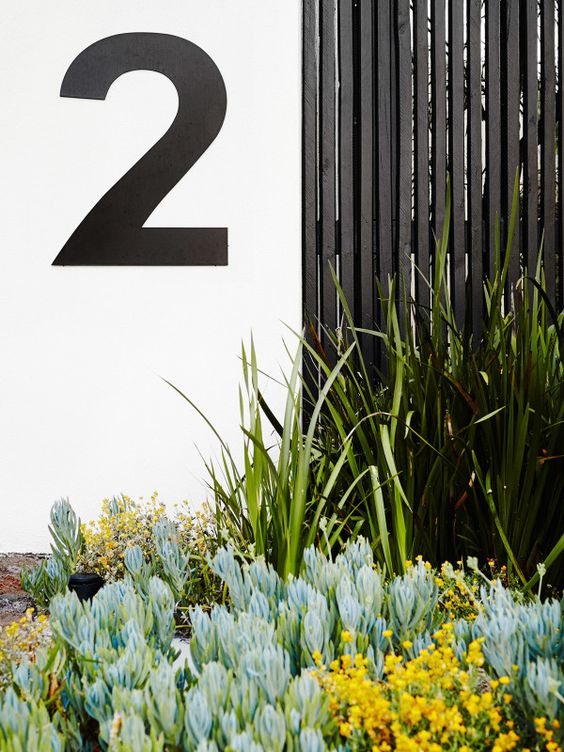 Image: Peter Fudge Gardens
Image: Peter Fudge Gardens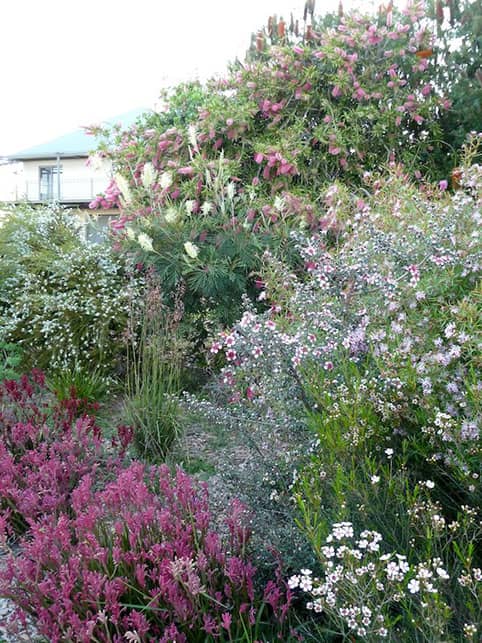 Image: Grounded Gardens, via The Design Files
Image: Grounded Gardens, via The Design Files
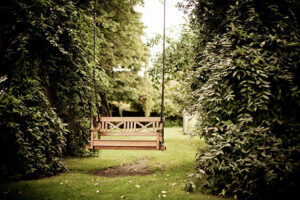

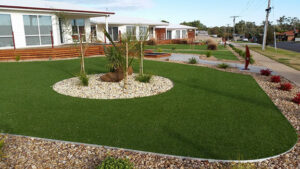
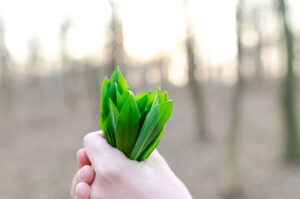
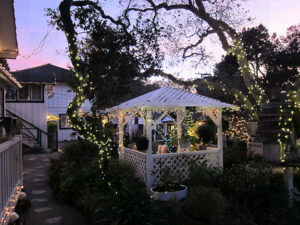













 4. A raging inferno
4. A raging inferno




